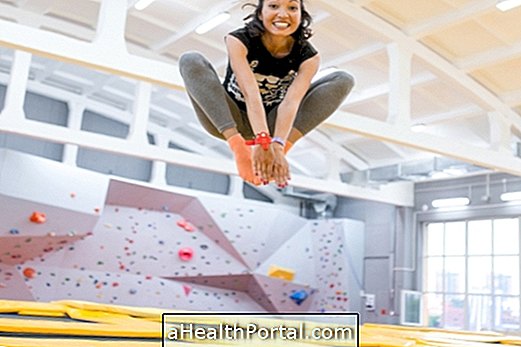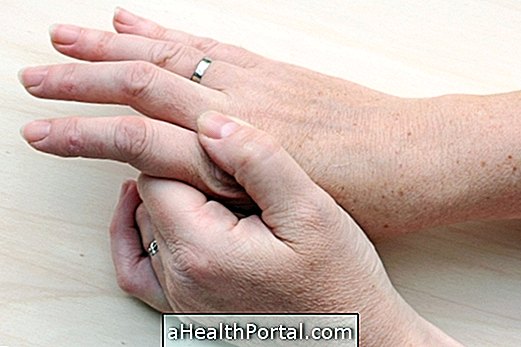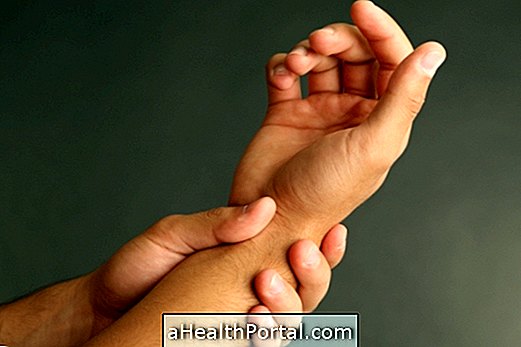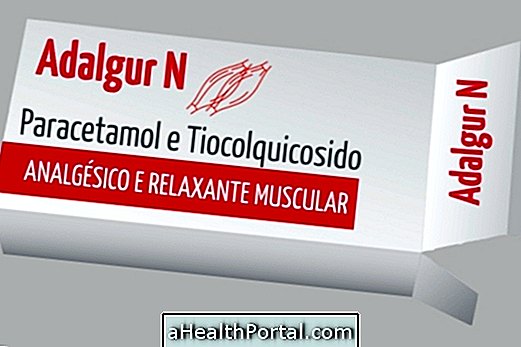Proprioception is the body's own ability to assess where it stands in order to maintain the perfect still, moving, or effortless balance.
Proprioception occurs because there are proprusters that are cells that are in the muscles, tendons, and joints and that send the information to the Central Nervous System that will organize the body part, keeping the position correct, standing or moving.

What is proprioception for?
Proprioception is very important to maintain body balance, along with the vestibular system that is in the ear and the visual system, which are also fundamental to stand upright, without unbalancing.
When the proprioceptive system is not properly stimulated, there is a greater risk of falls and sprains, and therefore its training in physical activity practitioners is important, but also as the final stage of the rehabilitation of all orthopedic trauma cases.
Proprioception, also called kinesthesia, can be classified as:
- Conscious proprioception : it happens through proprioceptores, that allow to walk on a tightrope, without falling;
- Unconscious proprioception: involuntary activities performed by the autonomic nervous system to regulate heart beats, for example.
Performing proprioception exercises in physical therapy appointments is important not only to improve the balance and the precise movements of the body, but also to avoid worsening of sports injuries such as muscle strain, teaching the body how to move to protect the affected area.

Exercises of proprioception
Proprioceptive exercises are always indicated when an injury occurs in the joint, muscles and / or ligaments and, therefore, must be guided by a physiotherapist to adjust the exercises to what the patient really needs.
Some examples of proprioceptive exercises are described below, and were ordered according to their degree of difficulty:
- Walk in a straight line for 10 meters, with one foot in front of the other;
- Walk for 10 meters on different types of surfaces, such as floor, mattress, pillow;
- Walk in a straight line using only the toes, heels, lateral or inner edge of the foot, in an intercalated fashion;
- The therapist stands behind the person and asks her to stand on one foot and pass the ball backwards, turning only the torso;
- Do 3 to 5 squats with only 1 foot on the floor, arms outstretched at the front, then with closed eyes;
- Stand on a rounded surface, such as a half wilted ball or rocker, for example;
- Stand on one foot only on an unstable surface such as balacim or wilted ball and draw a circle in the air;
- Jump on the trampoline, lifting one knee at a time;
- Stand on the rocker, close your eyes while the therapist pushes the person to unbalance her and she can not lose her balance;
- On an unstable surface play ball with the therapist without unbalancing.
These exercises can be performed daily, for about 10 to 20 minutes as long as it does not cause pain. Placing a cold water bag in the affected area may be helpful in decreasing pain, and swelling that may appear after training.























